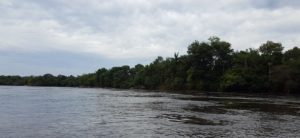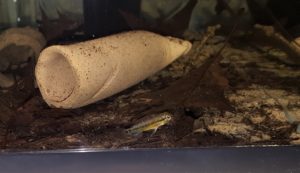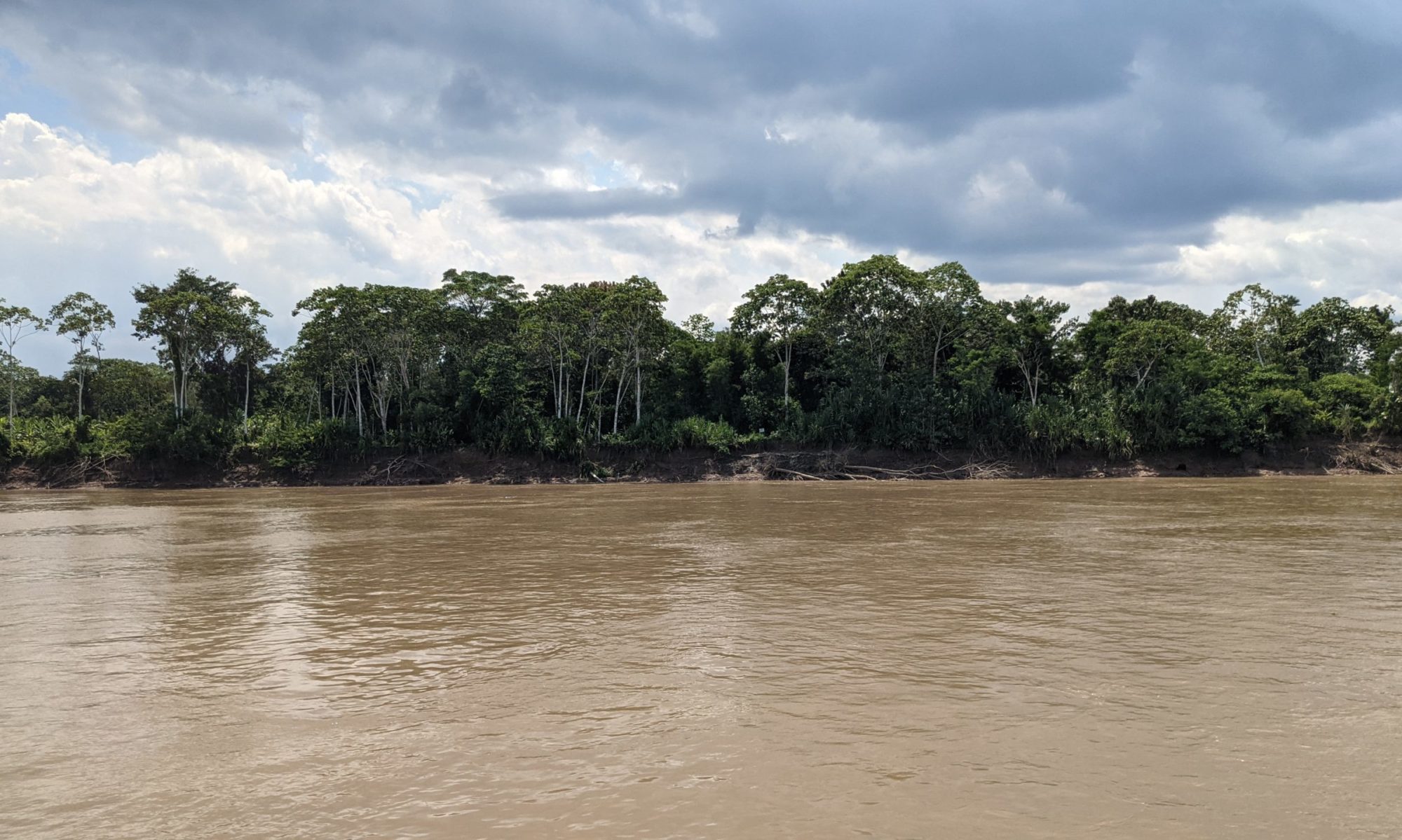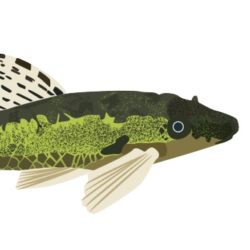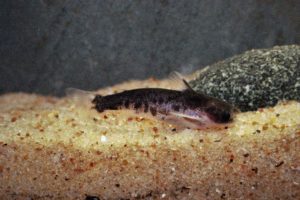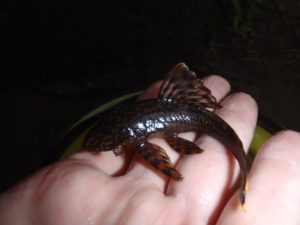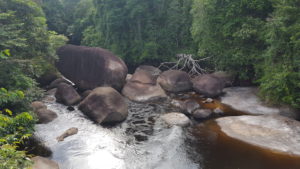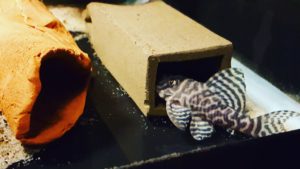Spring seems to finally be in full bloom. May marks the end of the spring auction season and we have been quite busy attending various auctions including the Indianapolis, Cincinnati, Pittsburgh and Columbus auctions. Unfortunately with how busy work has been plus the auctions, it has left little time to work in the fishroom.
We are however slowly making progress. One of our main focuses right now is to move some fish in order to spreed out the species we plan to work with going forward. Some of those projects include building up future breeding stock for Hypancistrus zebra and Hisonotus aky. Some this has been more successful than others.
We are also working with pretty interesting Ancistrus including Ancistrus sp. Honeycomb, Ancistrus hoplogenys and one of the species we collected on our Colombian trip, Ancistrus sp. “Upper Rio Negro”. The Honeycomb Ancistrus in particular have recently put on a lot of size and we can tell that we already have at least two males and two females. The Ancistrus hoplogenys seems to be a smaller species in general as the largest fish are slightly over 3″ TL. Here too, we can see males and females maturing.
As mentioned, our other main focus is going to be working with fish that we collected in Colombia including a very nice Ancistrus with horizontal lines that we are calling, Royal Bristlenose Plecos. We shared some details about this species in a previous blog. Here again, we have both sexes but feel that we are still probably a year out before any males will be mature enough. Meanwhile, we have a rather large female that is around 5″ TL that is putting on some weight. Fingers crossed that eventually they spawn!
One other interesting development would have to be that we do in fact have two species of Apistogramma from the Colombia trip. One of which is a known species scientifically described as Apistogramma personata. It is a lovely fish with a yeallow-orange base color with black markings and extensions to the first 5-6 dorsal rays. The other species is very likely new. It is more slender and appears that it may remain smaller. Its base color is also yellowish but with hints of blues, greens and red facial markings.
We recently shuffled all of the above fish around to give them some more space. It should be interesting to see how these develop and we hope that at some point they produce some offspring. So stay tuned for more updates as things develop. Happy fish keeping!
